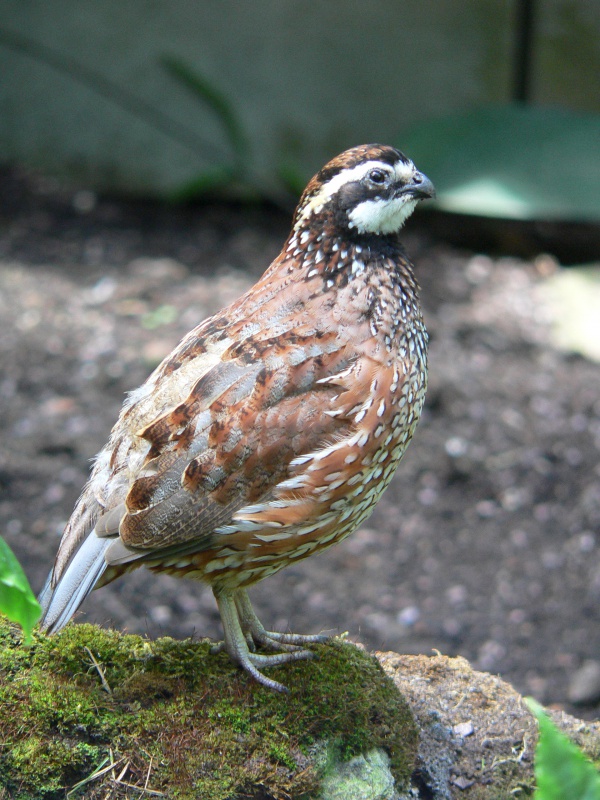Facts About Northern bobwhite
The northern bobwhite, also known as the Virginia quail or bobwhite quail, is a ground-dwelling bird native to North America and the Caribbean. As a member of the New World quail group, this bird is instantly recognizable by its distinctive whistling call, despite its generally secretive nature. Unfortunately, habitat degradation has led to a significant decline in the northern bobwhite population over the years.
There are 23 recognized subspecies of the northern bobwhite. Some of these subspecies are popular as game birds and are hunted extensively. One particular subspecies, the masked bobwhite, is endangered, with populations in Mexico and a reintroduced population in Arizona.
The northern bobwhite is of moderate size and exhibits distinct plumage differences between males and females. They can be found in a variety of habitats, including agricultural fields, grasslands, and the edges of woodlands. The bird is not only known for its distinctive call but also for its array of vocalizations.
In terms of behavior, the northern bobwhite is shy and elusive, typically found alone or in pairs. Regarding breeding, they practice ambisexual polygamy, meaning both males and females may have multiple mates. Their nests experience varying success rates. The bird's diet mainly consists of plant material and small invertebrates.
Interestingly, the northern bobwhite has been introduced to countries such as Italy, France, Spain, and New Zealand. Additionally, they are kept in captivity, where they require specific housing, feeding, and breeding practices.
Due to habitat loss and degradation, the northern bobwhite is considered a near-threatened species. The masked bobwhite subspecies is listed as endangered in the U.S., and ongoing conservation efforts aim to reintroduce the bird to its native habitat.

 United States
United States